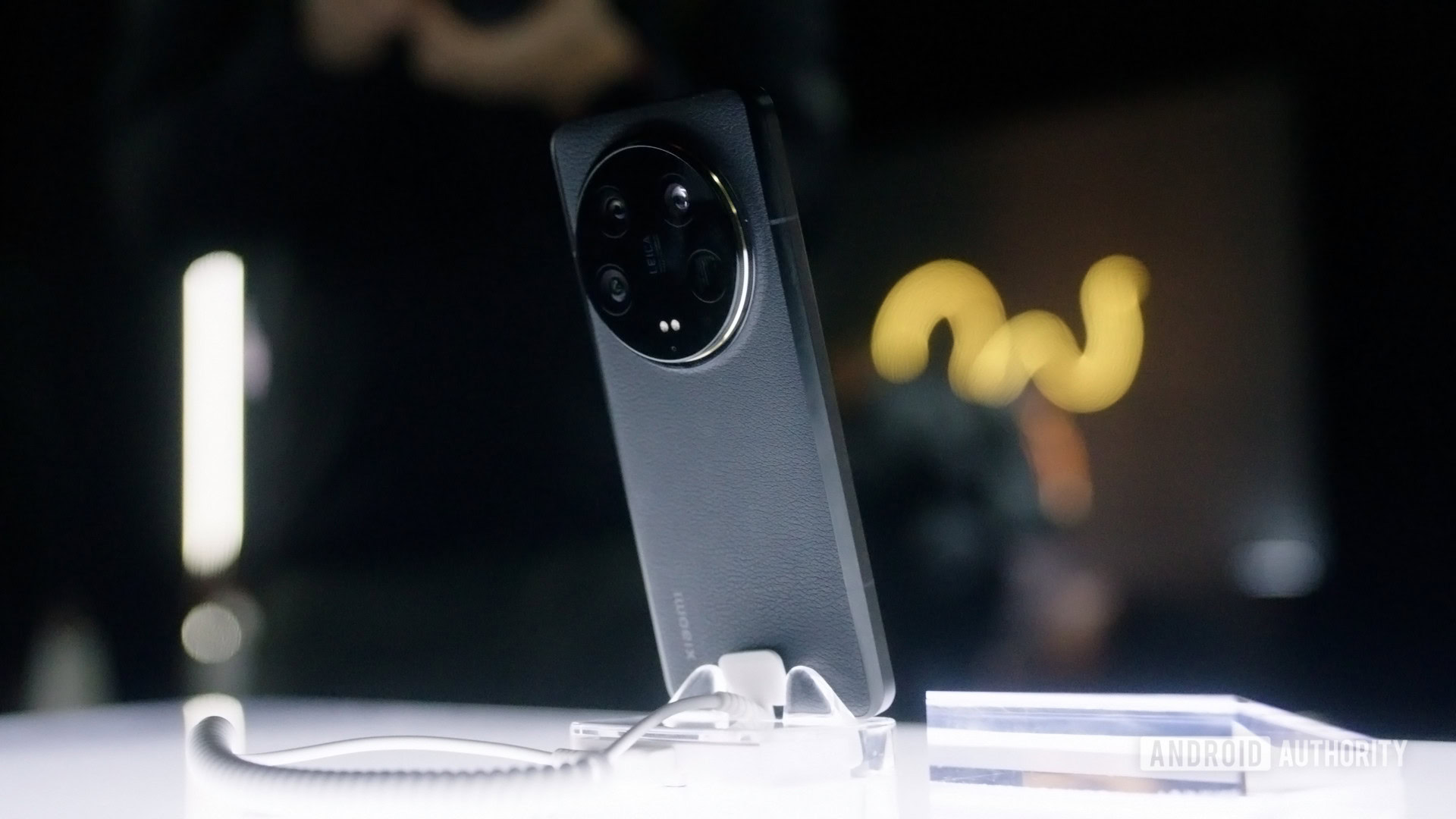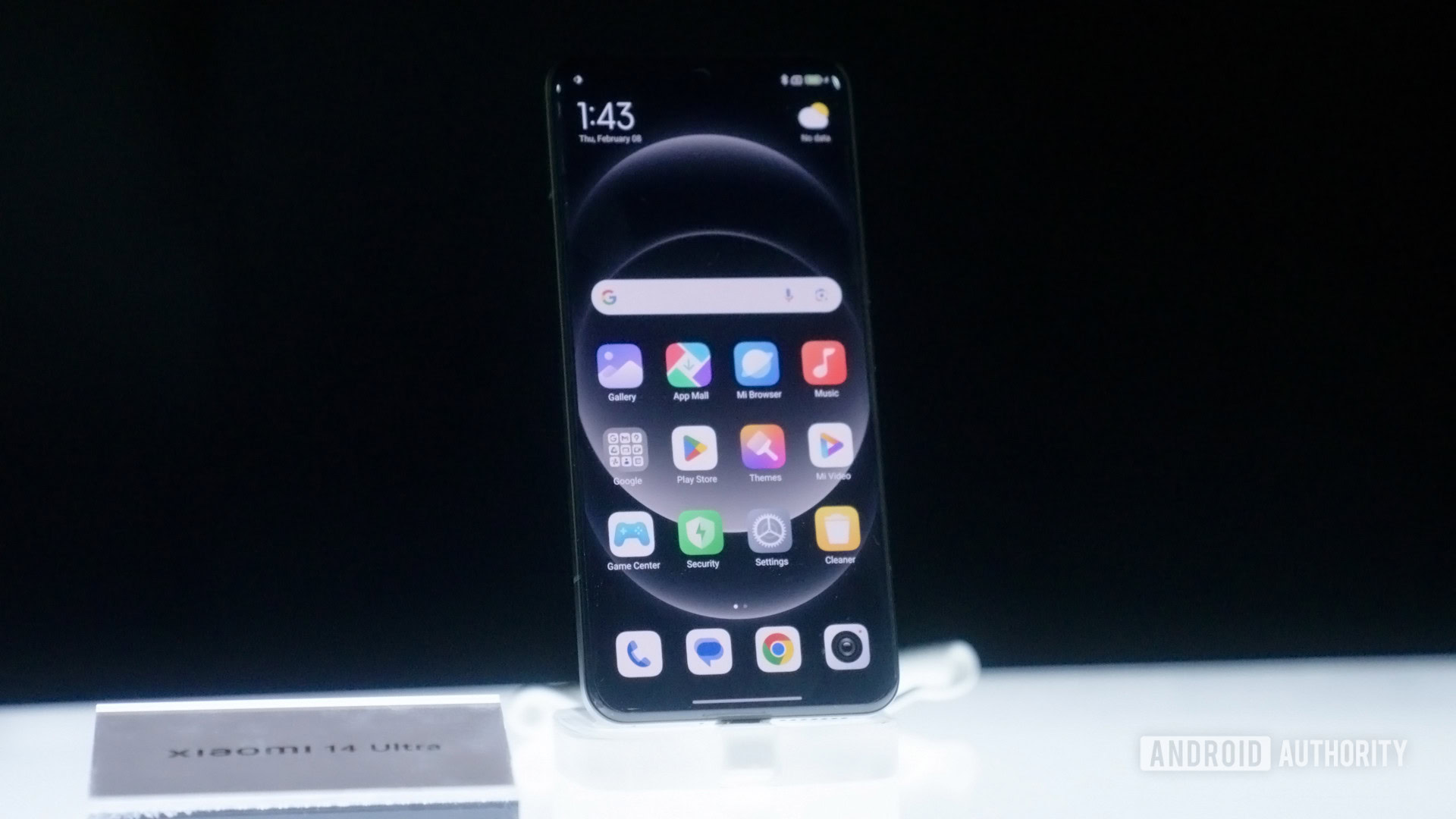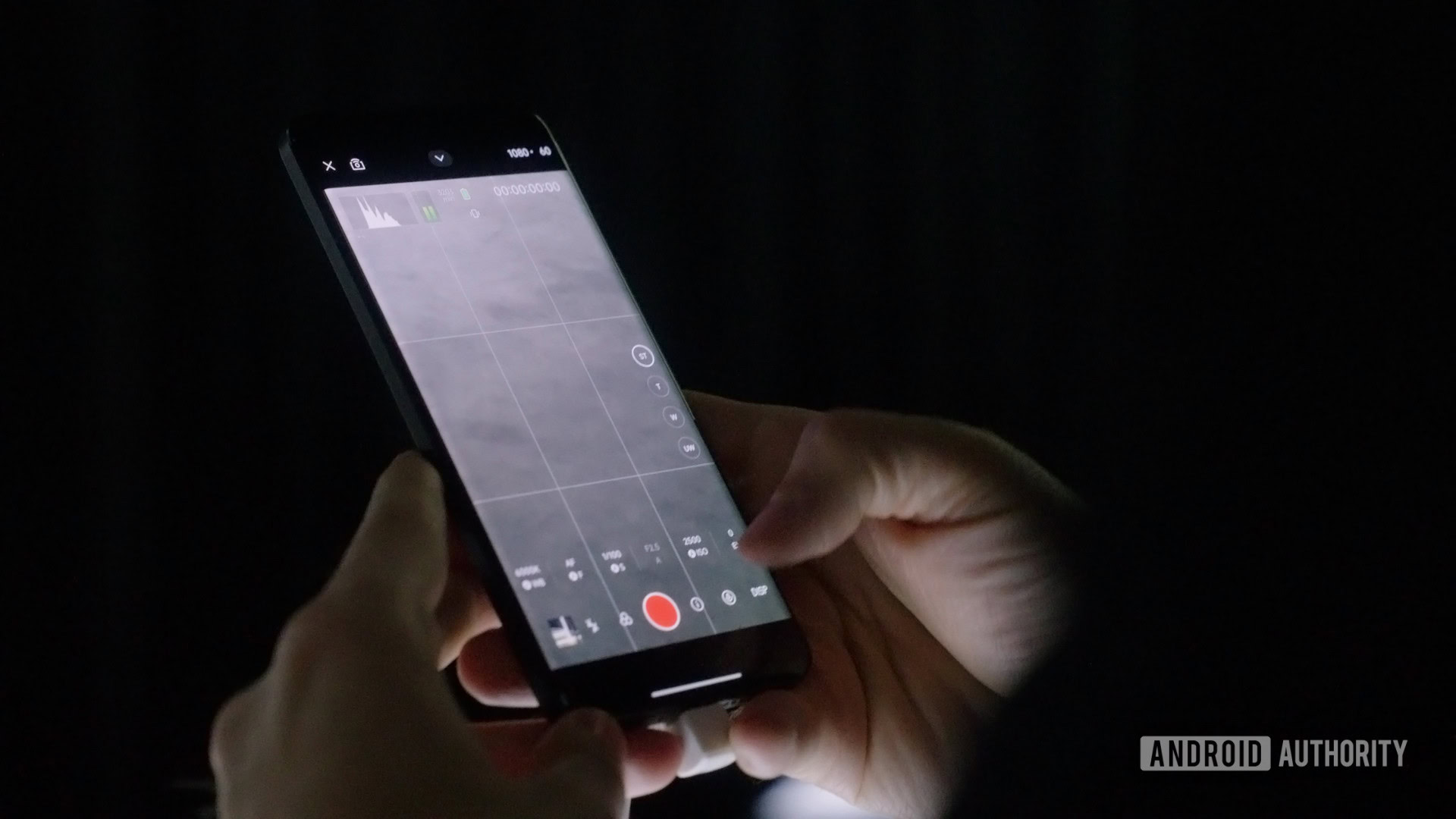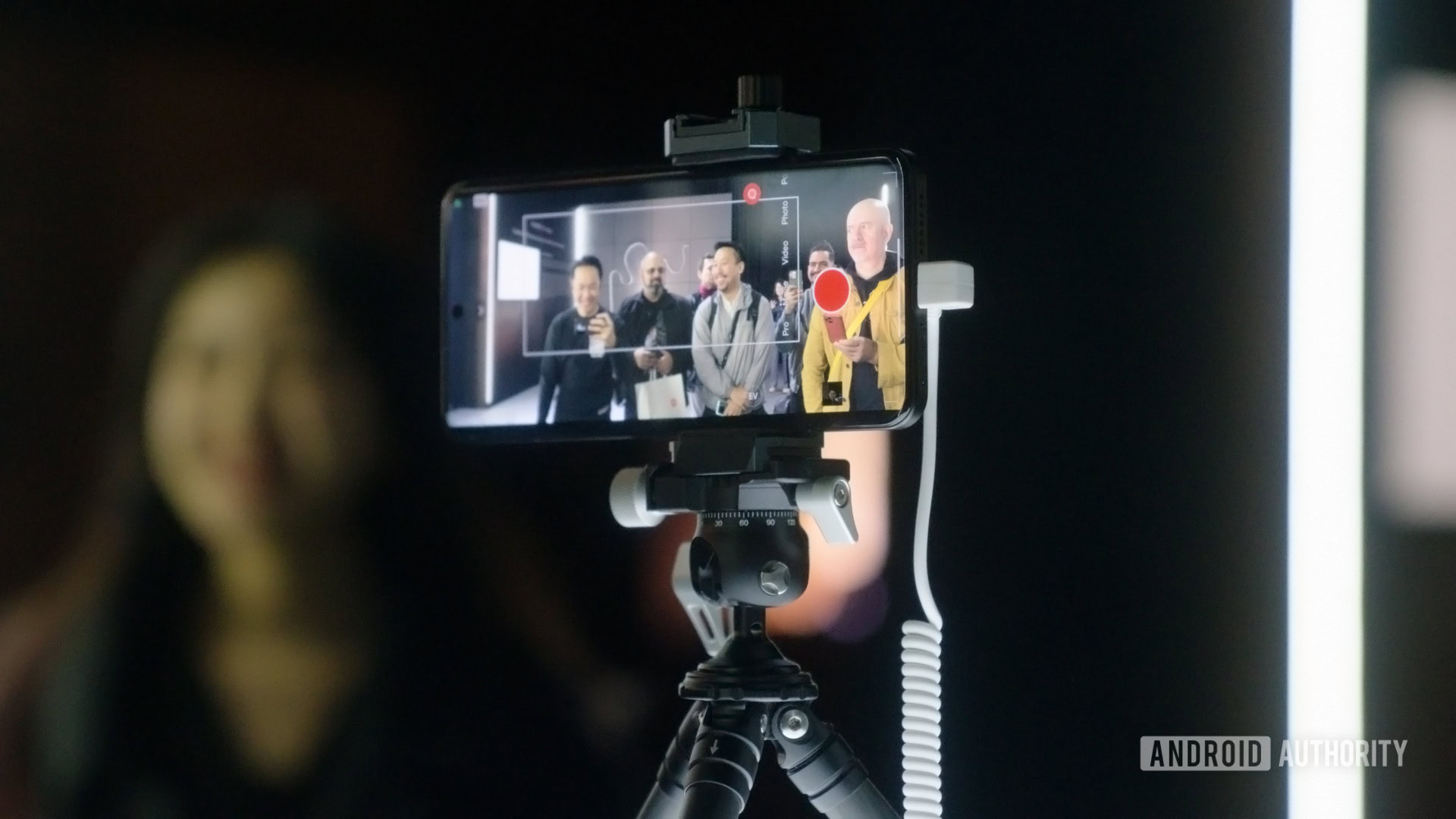Just ahead of MWC 2024, Xiaomi launched the Mi 14 and Mi 14 Ultra to a global audience, and I spent a little time getting to know the latter. Not many products live up to the original meaning of the word Ultra, but I would say that the Xiaomi Mi 14 Ultra exceeds what most people expected or even wanted… at least when it comes to the camera.
It was clear from Xiaomi’s press conference that the company wants the talk of the Mi 14 Ultra to revolve around its video capabilities. The event itself was held in an actual film studio outside of Barcelona, complete with camera trucks, sets, professional lighting and lots of other expensive, professional-grade equipment. The message is clear: Mi 14 Ultra offers users many professional-grade features without the cost, bulk, or complexity that typically comes with professional cameras.
Xiaomi Mi 14 Ultra: Director’s Cut

Halemaranan/Android Authority
To illustrate the Mi 14 Ultra’s capabilities, the company mounted the phone on a device on a cart and used it to record a brief scene. Professional colorists then captured the video files and edited them to demonstrate Ultra’s handling of tricky lighting conditions.
It’s definitely an impressive sight, especially for someone like me who’s not familiar with the real technical aspects of shooting professional-grade video. The end result video is noticeably superior in terms of dynamic range and contrast, and cleverly illustrates otherwise difficult-to-understand technical terms.

Halemaranan/Android Authority
But, as my colleague Harley points out in our video, what isn’t mentioned is the cost of all the professional equipment used in the demo or the years of training the colorists receive. To be clear, I’m not saying Xiaomi is doing anything wrong, but I am saying that some of the recent advances in smartphone imaging exceed what 99% of phone buyers want from a smartphone camera. Xiaomi isn’t the only phone maker using increasingly esoteric imaging features to market its devices.

Halemaranan/Android Authority
Not all of the Mi 14 Ultra’s camera features require extensive setup to understand – the benefits of features like automatic face tracking or the infinitely variable aperture system are more obvious. The continuously variable aperture of the main camera means that the opening of the lens shutter will change between f/1.63 and f/4.0, allowing the phone to quickly adapt to different lighting conditions. When you combine this variable aperture with a large 1-inch sensor, you get better low-light capabilities and finer control of bokeh effects.
Xiaomi once again collaborated with legendary camera manufacturer Leica to design and calibrate a complex camera system for the 14 Ultra. Here are the details on the four cameras on the back:
- Ultra-wide angle: 50MP, 0.5X, 122-degree FOV, f/1.8, 12mm equivalent focal length
- Main camera: 50MP, 1X, f/1.63-f/4.0, OIS, 23mm equivalent focal length
- Telephoto: 50MP, 3.2X, f/1.8, OIS, 75mm equivalent focal length
- Periscope telephoto: 50MP, 5X, f/2.5, OIS, 120mm equivalent focal length
Among the four cameras, the Xiaomi Mi 14 Extreme Commemorative Edition can handle most types of scenes from macro shooting to long-distance zoom thanks to its wide focal length range. Of course, there are AI features that make the most of all the data coming from the hardware.
If you need more functionality from the 14 Ultra’s camera, Xiaomi has also launched a new version of its camera grip accessory that comes with an extra 1,500mAh battery, shutter button, and even a zoom wheel.

Halemaranan/Android Authority
How about the mobile part of this camera phone?
While most of our attention has been focused on the Mi 14 Ultra’s camera capabilities, there’s a lot to like about the actual phone. The design follows the recent iPhone-inspired trend of flat edges, but we still go with curved glass edges for a better feel. The 6.73-inch QHD+ OLED screen can satisfy almost all your display needs. The Snapdragon 8 Gen 3 is certainly there, as is Xiaomi’s fast charging technology. It’s worth highlighting that the 80W wireless charging is extremely fast, faster than many other top Android phones charging via charging cables.
Unfortunately, Xiaomi didn’t give the media much time to show off its new flagship phone, so all talk of performance remains theoretical for now. But the Mi 14 Ultra does look like a real monster, and it’s “ultra” in all the right places – as well as in some less obvious places. Whether most users need all the video features is another matter.
The Xiaomi Mi 14 Ultra is priced at €1,499 (approximately $1,624) and is available in black or white, with a camera grip accessory priced at €199 (approximately $216).